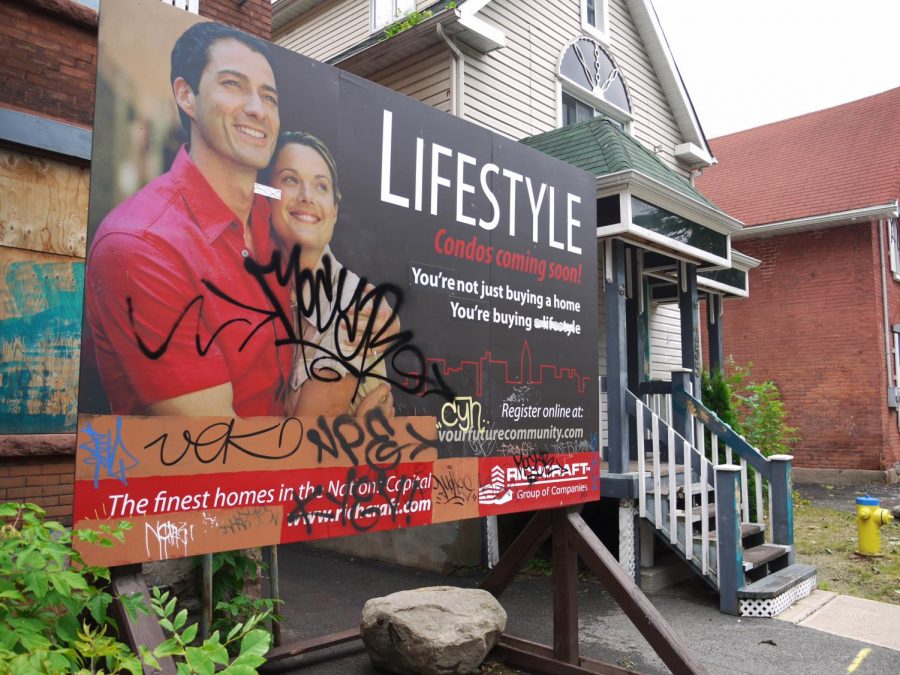Cities going through gentrification can displace residents and businesses
Photo courtesy of Steve on Flickr
Gentrification can lead to the displacement of residents and businesses.
October 26, 2020
If you haven’t noticed the copious amount of construction in smaller cities and the simultaneous increase in the number of trendy restaurants, shops and breweries, then you might be living under a rock.
If you have noticed, ever wondered why?
The answer is gentrification, the process in which a poor area experiences an influx of middle class or wealthy people who renovate businesses and homes. This often results in the increase in property values and the displacement of residents who are often in the lower middle income bracket out of their communities.
For a city to survive there needs to be a thriving economy and that growth is inevitable. And gentrification does ensure a thriving economy—at least pre-pandemic—because the process transforms the city to appear more appealing, drawing more tourists and outsiders to visit.
While gentrification does promote a city’s economy to thrive, it hurts those who have been longtime residents and business owners. There’s this popular saying, “out with the old, in with the new,” which is essentially what gentrification does.
New businesses seem shiny, leaving older businesses in the shadows, resulting in loss of profit and clientele and the probability of having to shut down their business. It’s quite sad because staple businesses have to change almost everything, which involves having to change the product, appeal of the business and how they connect with the community.
Housing availability also changes under gentrification.
Apartment complexes are being bought and renovated to appeal to the new income level, displacing residents who do not make enough money to pay the increased rent. This forces them to have to move from city to city, struggling to find a place where they can live without having to stress so much about rent.
Take Oceanside as an example, a city going through the process of gentrification.
If you look down on Coast Highway, it looks significantly different then how it used to look a couple of years ago. Having grown up there, I have noticed how drastic these changes are.
What once was, is not what it used to be.
Along with changing a city’s appearance, gentrification can also change the demographic of a city. When we think of middle or upper class income folks, it is not quite diverse. We can imagine what type of people are typically earning this type of income.
Minority communities face the damaging effects of gentrification the most. Going back to Oceanside, gentrification is starting to make the city less diverse, making it look more like Encinitas, where there are mainly middle and upper class folks and little to no diversity in their community.
On top of that, historically there has always been pay inequality for minorities. Now, they are possibly being displaced from where they are living because someone wants to make their community look “better.”
The outcomes are worse when gentrification is occurring at a faster pace. But, with the pandemic and the uncertainty of businesses, there is a chance it halted the process of gentrification in many cities, not just in our county.
As I mentioned before, change is not always preventable. As time goes on cities need to find a way to thrive for years to come but, at what cost to the community?






